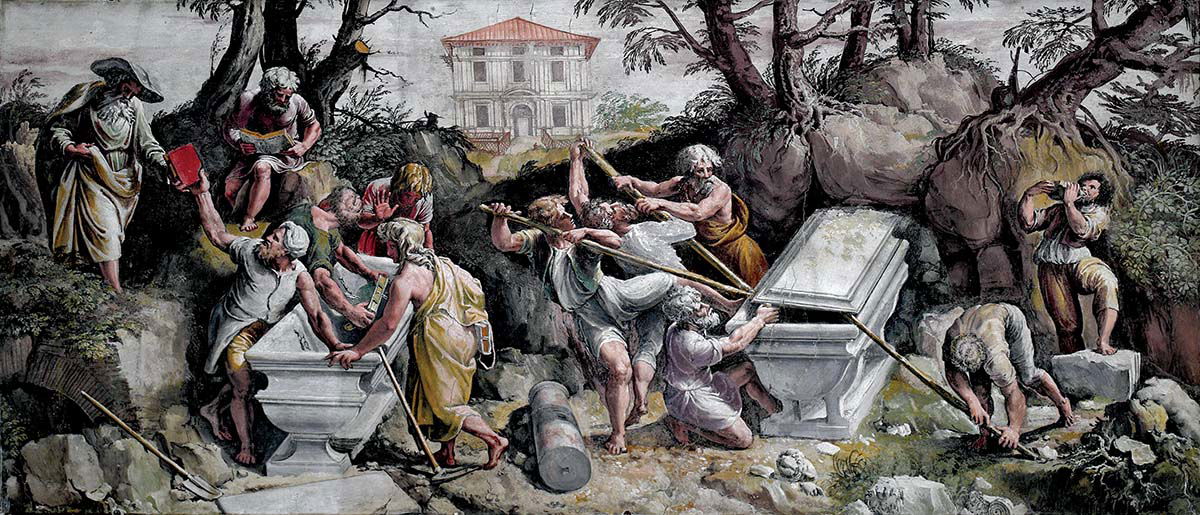
Theft is Property
Antiquities were high stakes and high profit in 16th-century Rome, and no one was above breaking the law for loot.
During the 16th century, the Roman market for antiquities became highly competitive. Competence and money were crucial, but so were unscrupulousness and a fighting spirit. In the words of Cardinal Giovanni Ricci, who acted as a Medici agent in Rome in the 1560s, antiquities were ‘a prey which many dogs were ready to catch’. Like many of his contemporaries, Ricci perceived the process of procuring artworks as a hunt performed against other voracious contenders. In such a battlefield, misbehaviour was the rule and collectors and their agents often circumvented papal legislation in order to achieve their goals.





